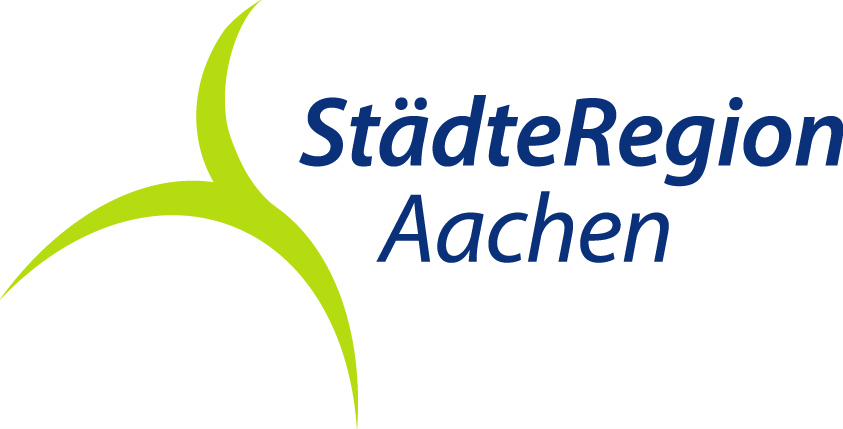Dorfrundgang Simmerath
We start our tour at the "Kraremann monument", a true Simmerath original. The monument is a reminder of the time when the Simmerath businessmen and farmers were one and the same. Dressed smartly, they left their stores at lunchtime and went out into the meadow with a pitchfork in their hands. There, collar and tie were simply placed on the hedge and off they went. When the work was done, they returned to the stores neatly dressed. Is it any wonder that the inhabitants of Simmerath were nicknamed "Kraremann"? The white parish church diagonally opposite was the mother church of the entire Simmerath area for many centuries. Thanks to the initiative of the then parish priest Anton Moritz and the generous donations and active help of the population, the church was resurrected from the ruins of the Second World War in 1952.
Our path now leads us into Bruchstraße, where we come across the next half-timbered house at the crossroads. We also see an old cross in front of a very special beech hedge. Its branches are so artfully interwoven that they form a kind of chapel for the cross. We continue past the windbreak hedges on Bruchstrasse and through Lindenstrasse, which is transformed into a single cloud of fragrance when the trees are in bloom.
Old gnarled beech hedges with mighty trees line our path. Time and again, we have a magnificent view of Lammersdorf with its church and striking television tower stretching for miles to the right. At the next crossroads, we reach a very special monument. The hump line of the Westwall reminds us once again of the unfortunate time of war. But this place also gives us something uniquely beautiful, as it offers a uniquely beautiful view over the Kalltal valley to the western edge of the High Fens. On the left, we can even see the Steling near Mützenich, the highest elevation in the Monschau region.
Simrodstraße, which we now follow, is a reminder of the village's old name. It was first mentioned in a document in 1342 as "Semenroede". There is nothing left of the Lohmühle mill located directly on the stream. And yet the street of the same name preserves the memory of an old, long lost trade. In the past, oak bark was ground here before being delivered to the tanneries in the area for processing animal hides.
Over the next 300 meters, we come across two monuments to the deep religiousness of the people living here. On Bickerather Straße, opposite the junction with Friedhofsweg, stands one of a total of seven wayside crosses. It is part of the Way of the Cross, which the people of Simmerath walked until a few years ago. The "Römerfahrt", as the procession is called, and which does not exist anywhere else in the wider area apart from Simmerath, dates back to the time when the Monschau region belonged to the Archbishopric of Cologne. Shortly before the cemetery, we come across another cross. It is the first station of the Way of the Cross, on which, on the second Sunday in October, the faithful make a pilgrimage to the Paustenbacher Höhe, which was hard-fought over during the Second World War, to commemorate the erection of the Eifel Cross in 1947.
Via the streets "Zum Eifelkreuz" and "Hauptstraße" we reach the bus station, which was formerly used as a market square. On the other side of the "Hauptstraße" we come across a special sight. Surrounded by trees and bushes is the oldest building in Simmerath, St. John's Chapel. As the inscription on the door arch says, it was built in 1665. According to popular legend, however, it is much older. As with many a building or place in the Monschau region, its origins are said to go back to the time of Charlemagne. During the time of the plague in 1348/49, even the flagellants are said to have publicly flogged themselves here.
We follow the "main street" to the center of the village, where it forks into two streets. After admiring the magnificent half-timbered houses, we reach the "control center" of the municipality, the town hall with its striking silhouette, which was completed in 1977. In front of it, water splashes over two bowls into the town hall fountain. The four heavy bronze plaques indicate the economic and cultural pillars of the municipality: agriculture and forestry, industry, tourism, healthcare and the church.
On our way back to Alt-Simmerath, we pass the hospital, which was founded in 1913. Over the years, following several conversions and extensions, it has developed into a modern health and care center. We continue along "Kammerbruchstraße" and walk straight back to our starting point, the Simmerathe rKraremann.










